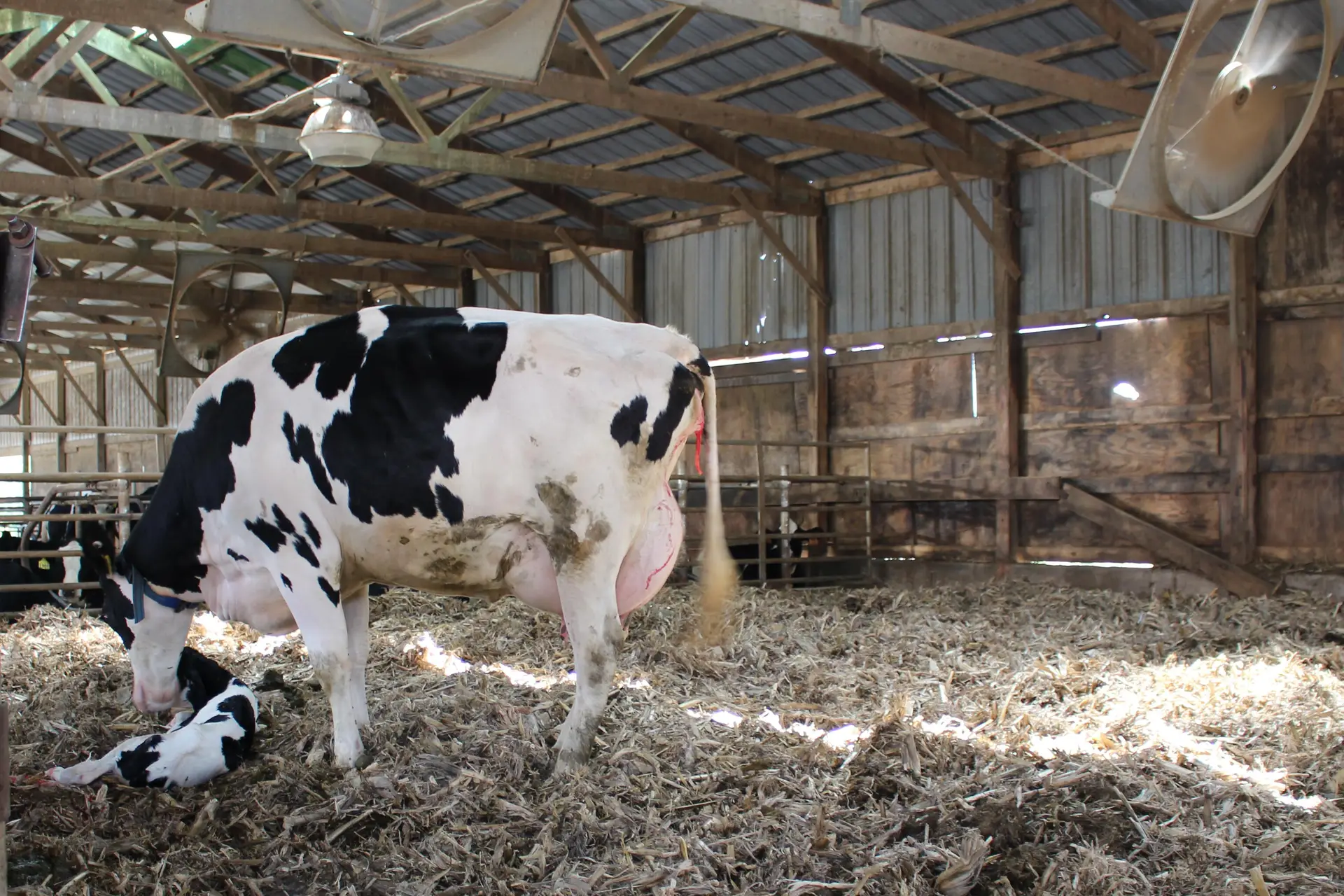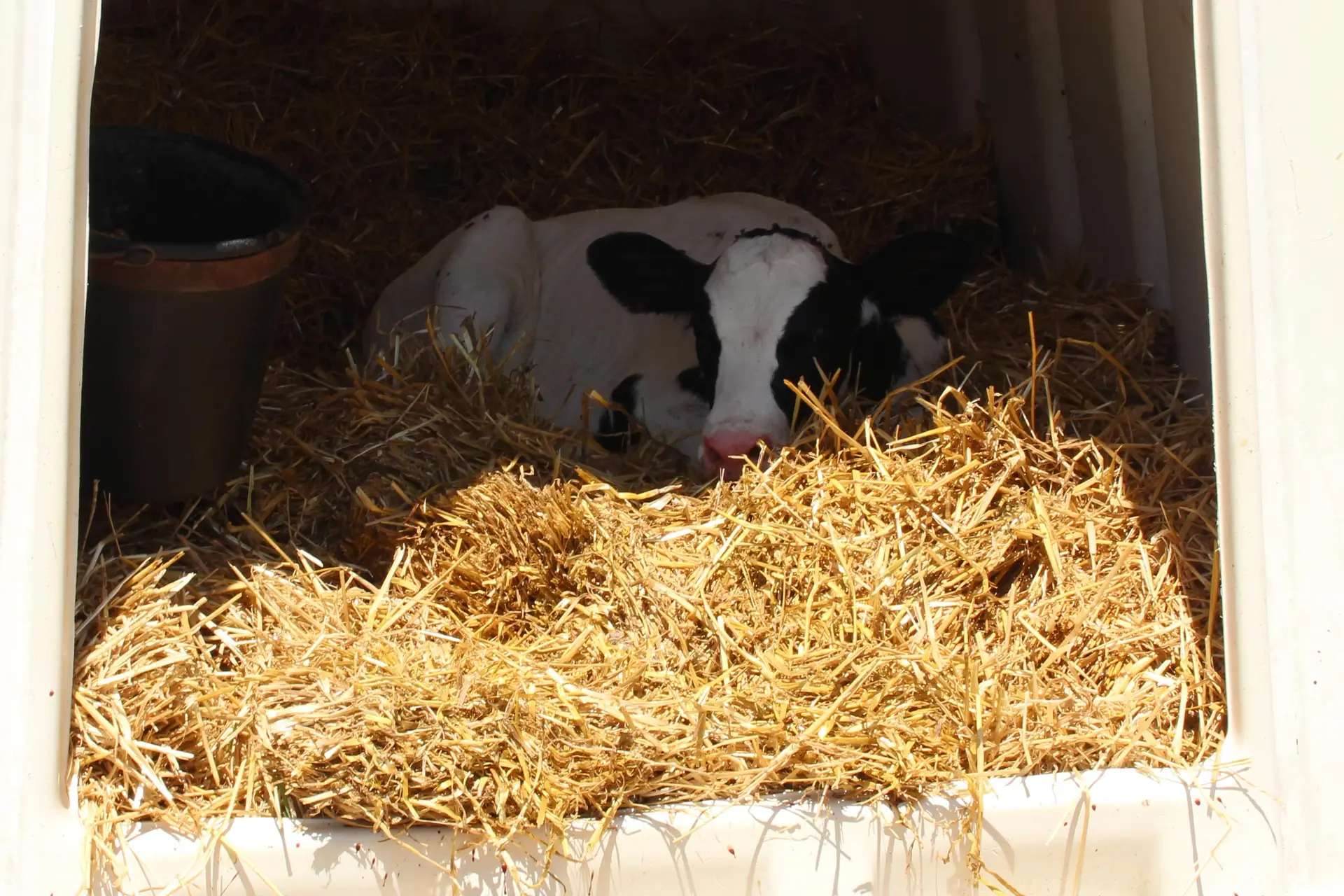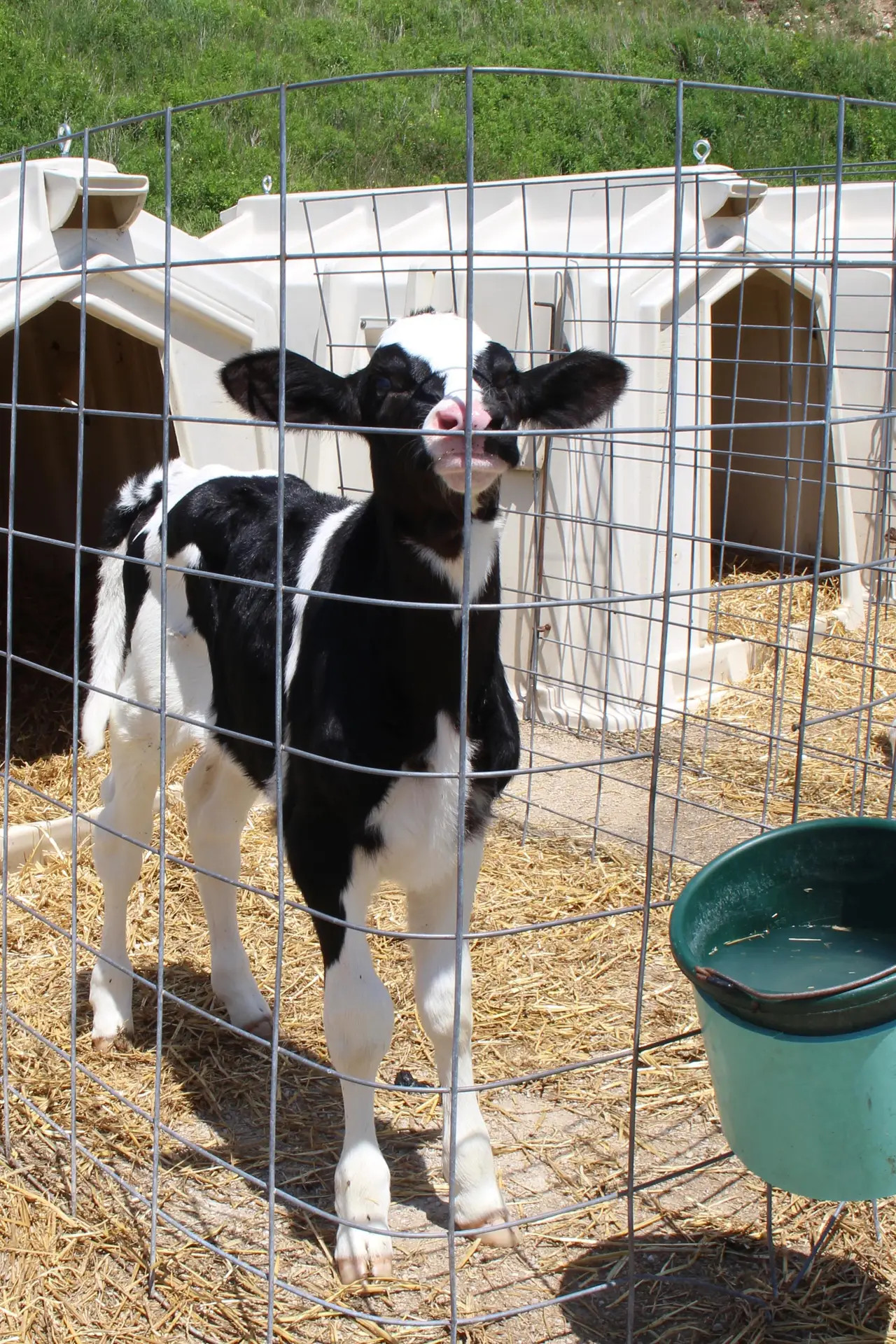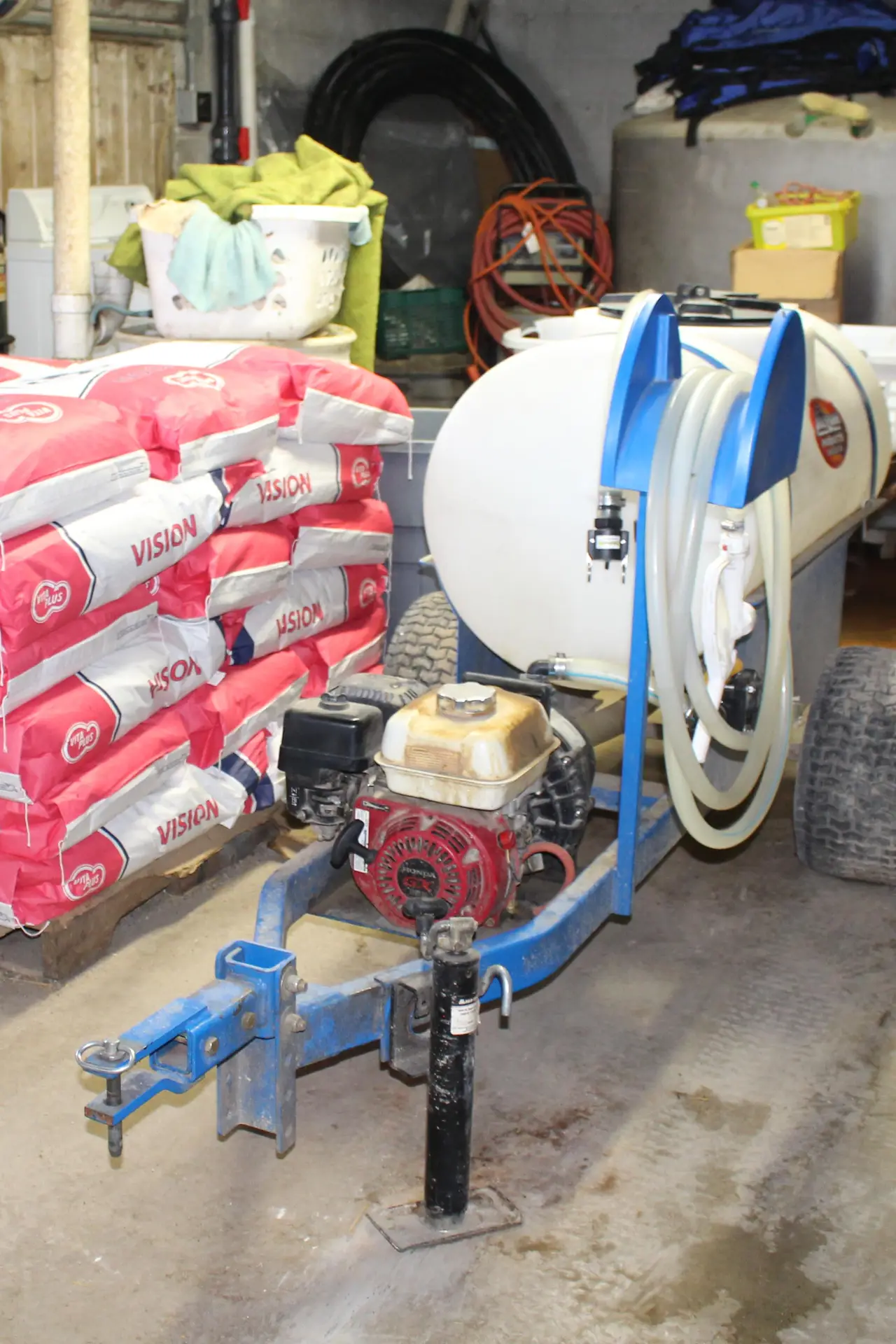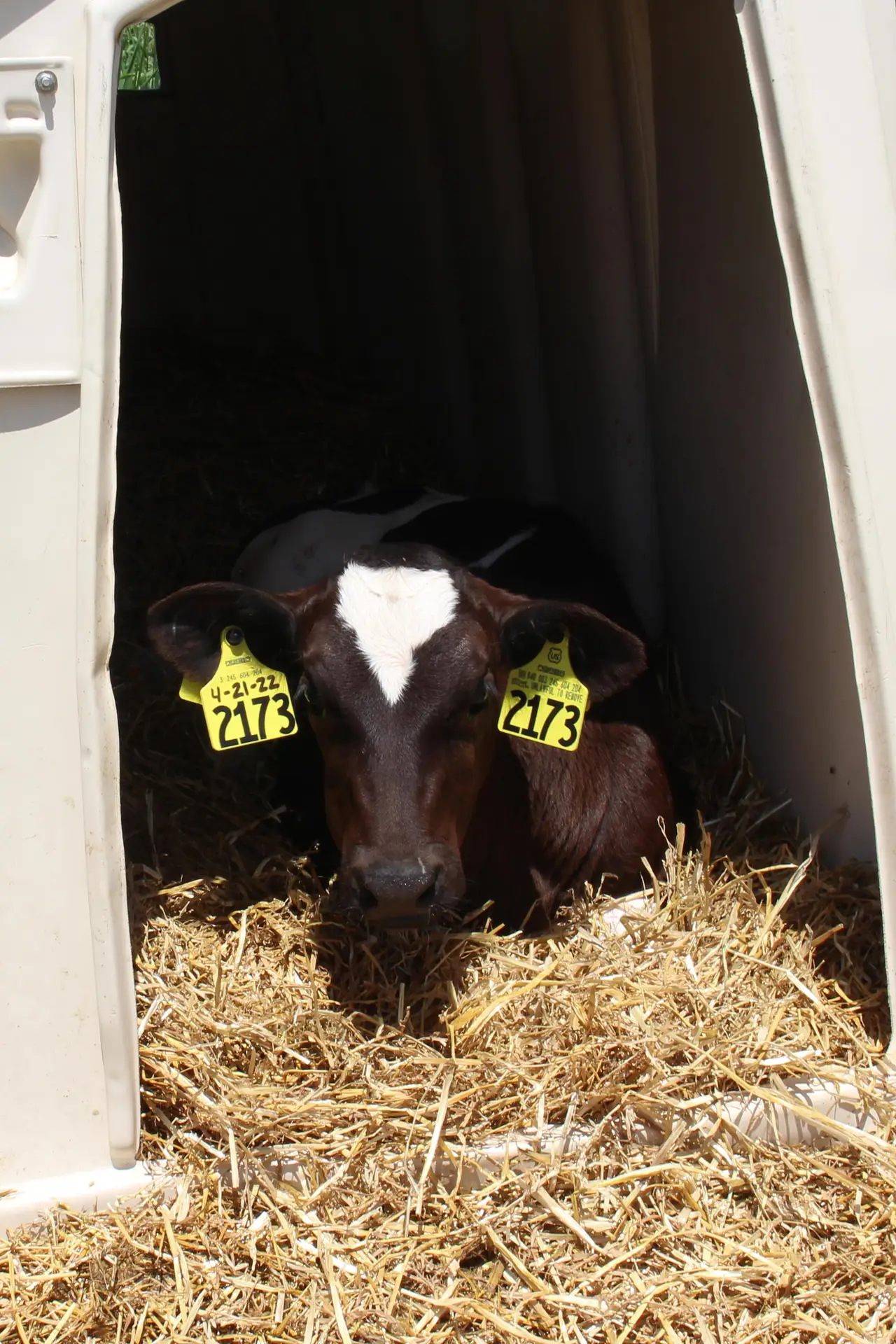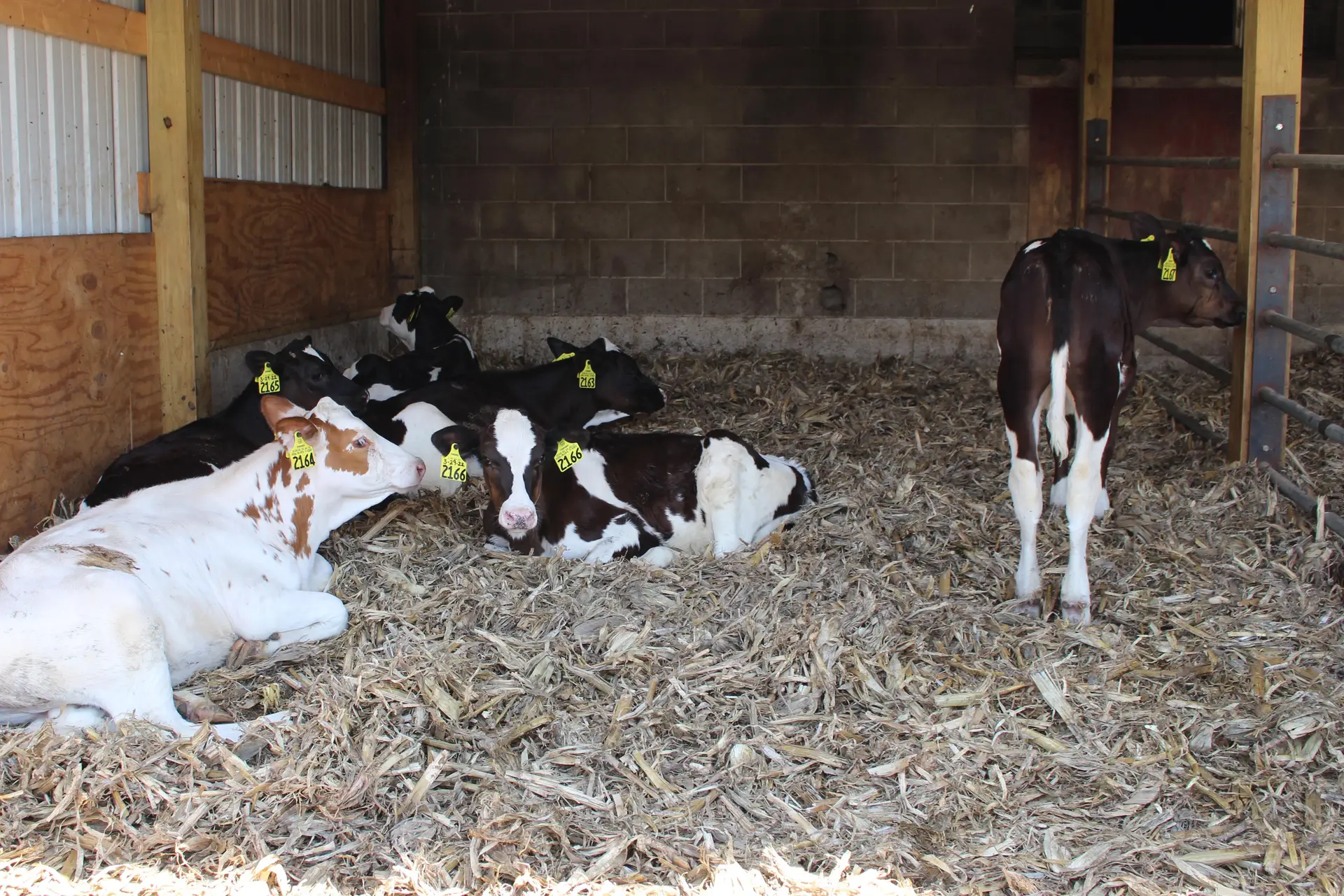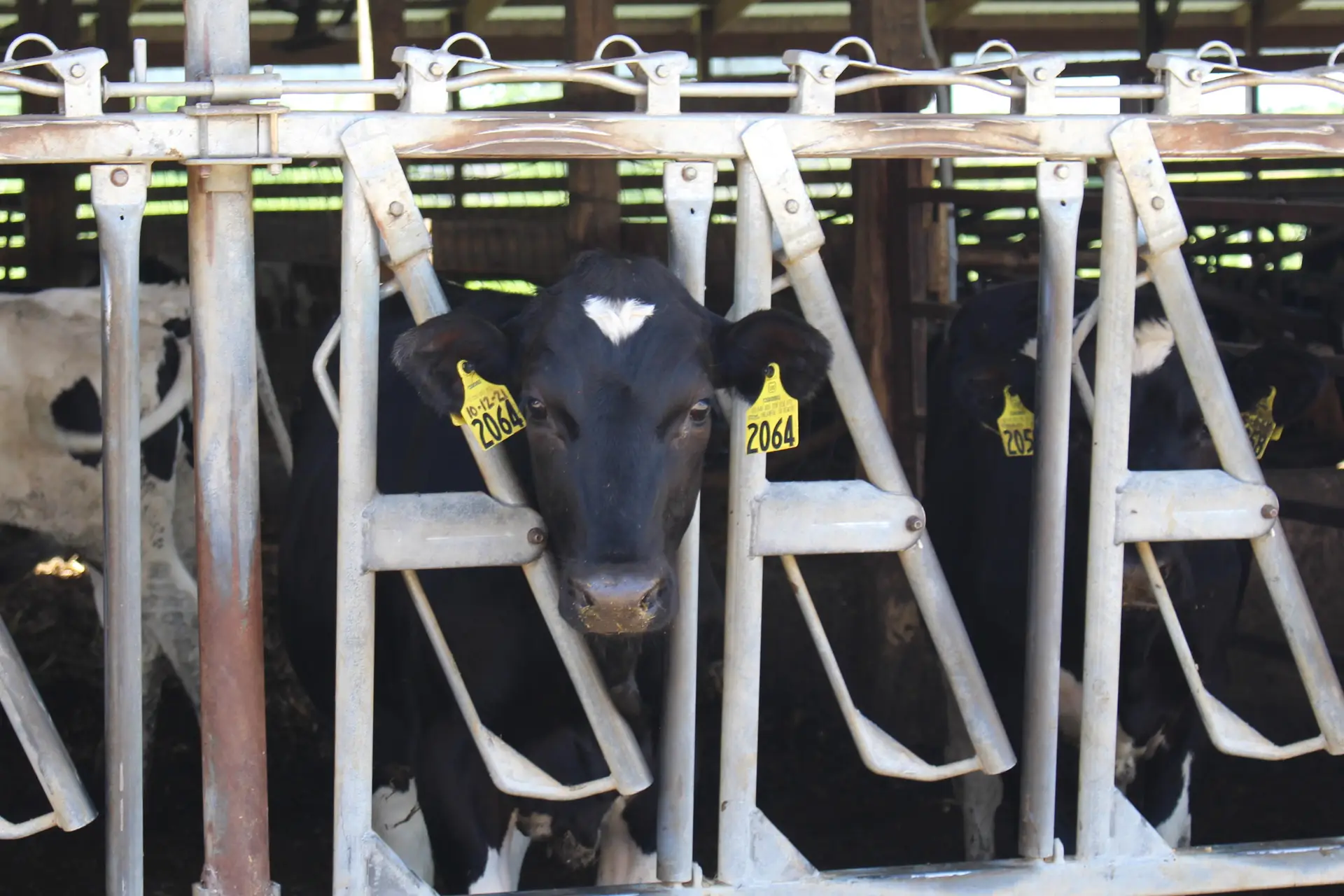
Virtual Farm Tour: Felten Farms
Management consistency leads to strong calf growth at Felten Farms
Felten Farms in St. Cloud, Wisconsin, milks about 400 cows and raises all its heifers onsite with mostly family labor. Currently, 215 cows are milked with DeLaval robots and 190 are milked in a parlor. Eventually, more robots will be installed to milk the entire herd in an automated milking system (AMS).
The farm is owned and operated by Ron and Nancy Felten. Their sons, Scott and Eric, work full-time on the farm and Scott’s wife, Paige, also assists with chores in addition to her off-farm job. Eric takes the lead on calf feeding and care. Eric said he began exploring ways to improve calf management a couple of years ago to increase the efficiency and performance in this area of the farm.
“I wanted to spend less time caring for sick calves,” he said.
Preweaned nutrition
Newborn calves receive 1 gallon of maternal colostrum as soon as possible after birth. Their navels are dipped and dehorning paste is applied at this time as well. They receive their dams’ milk for the next four meals.
About two years ago, Eric switched from a 20/20 milk replacer to Vita Plus Vision, a 22/22 milk replacer. He said the benefits of the higher plane of nutrition can be seen in calf growth and health. Calves are trained to drink from pails right away. From day 2 to day 16, calves receive 2.5 quarts of milk replacer twice daily; that’s bumped up to 3.5 quarts per feeding from day 16 to weaning.
After the milk replacer feeding, Eric comes back through for the water feeding. Calves also receive an 18% starter in increasing amounts as they grow.
Weaning
At about day 50, calves begin the 10-day weaning process with just one milk feeding per day. At two months of age, they are fully weaned and consume water and starter only. They’ll remain in the hutches until about day 70 when they move to group pens.
Weaned heifers continue to receive the same starter for about one week and then slowly transition to a grower feed. After that, they are gradually introduced to TMR. Eric said these slow transitions to new feeds have eliminated stunted intakes.
Lung ultrasounds
Paige works with the farm’s veterinarian to ultrasound the lungs of all calves twice. Calves are flagged if the first ultrasound reveals lung issues. Calves are kept if their lungs improve by the second ultrasound. If not, they are culled from the herd. Eric said this strategy has reduced health challenges later in life.
Facilities
All preweaned calves are raised in individual outdoor hutches bedded with straw year-round. Weaned calves are moved into pens in groups of six. They are bedded with corn stalks and eat from raised bunks. They gradually transition to larger groups and pens with headlocks as they grow. A freestall barn is used to house older heifers and dry cows as well as the maternity pen. Eric said his next priority is to lower the curb height and groove the concrete by the feedbunk to improve heifer feeding comfort.
Consistency
Eric said one of the best ways to improve calf performance is to focus on consistency. A volume meter on the water line ensures the right amount of water is used for mixing milk replacer. Eric weighs the milk replacer powder to provide a consistent solids concentration. He also uses a thermometer to ensure consistent mixing and feeding temperatures.
“That consistency has made loads of difference,” Eric said.
A white board in the mixing room is used to map the calves in hutches and is used to determine how much milk replacer should be made each day. While Eric does almost every calf feeding, occasionally calf chores are performed by someone else. The current system provides greater consistency when he’s not there.
Looking forward
Eric said he would eventually like to build a calf barn for preweaned calves to simplify feeding and caring for the young animals even more. He said he prefers individual pens and doesn’t foresee installing automatic calf feeders, but perhaps would switch to pasteurized milk versus milk replacer.
As the farm grows and evolves with the next generation and AMS technology, Eric said he and his family will continually look for opportunities to become more efficient in raising top-notch replacement heifers that can meet their goals for the milking herd.
| Category: |
Calf and heifer nutrition Equipment Facility design Farm tours Starting Strong - Calf Care |


